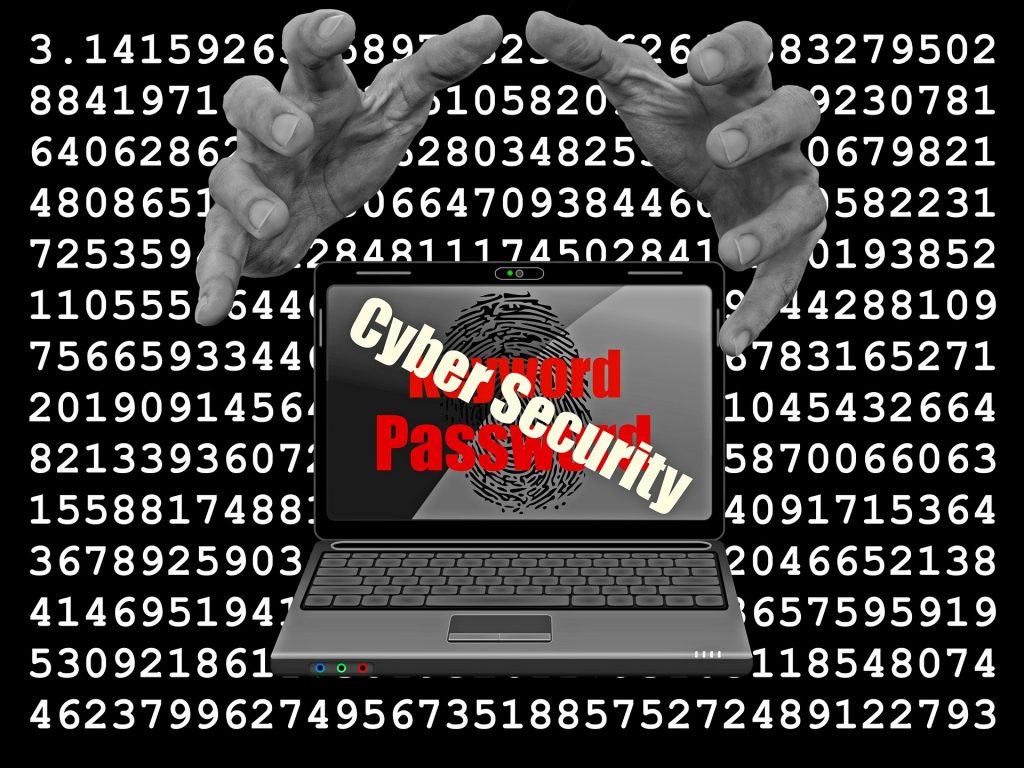As NHS England mandates that faxed referrals are phased out, and trusts look to alleviate the grind of manually re-entering details between different IT systems, SynApps Solutions’ Chris Brice charts a practical, pain-free way to exploit NHS Digital’s e-RS referrals service more fully – which delivers for patients, trusts and NHS budgets
On the face of it, NHS trusts are already making progress with electronic patient referrals. Steadily, GPs and patients are defaulting to the NHS Digital’s e-Referrals portal which will soon be mandatory for primary care referrals, to guarantee payment for services. Yet, although this is widely understood – and despite an appreciation that referrals by fax, email or other manual means are not efficient or easy to trace – a large majority of patient referrals are still being handled using complex, time-consuming workarounds. Even where requests are channelled via the NHS e-Referral Service (e-RS).
This undermines the purpose of the NHS e-RS, which is designed not only to provide a single central digital platform for capturing and coordinating patient referrals, but also to streamline associated processes, speed up treatment, and provide reliable traceability of a patient’s progress and status.
So what is preventing total take-up of the broader digital experience – where referrals pass quickly to the right person, and targets of faster patient diagnoses and treatment are met?
The issue is two-fold.
First, NHS Digital hasn’t yet developed its own workflow-driven applications to make it easy to pass referrals through the system automatically and track and report on progress.
Second, the diversity of IT systems used by GPs and hospitals has proved a barrier to integration. As a result, primary care providers have resorted to faxing and emailing referrals. For their part, hospitals have printed and scanned those requests, manually re-entering and tallying these with patient records held elsewhere on their systems. Rather than accelerating case flow-through or alleviating administrative workloads, this has often created more work and delay. It is not unusual for a trust to be manually re-entering details of 15,000 referrals per month. Some major trusts accept up to 50,000 patient referrals daily.
Joining the dots
For the NHS e-Referrals programme to have its intended impact, digital processes need to be joined up end to end. Then they can start to exploit intelligent automated workflow. That includes prompt diversions of cases to more appropriate specialists or services (inside or beyond the immediate hospital); and complete traceability and reporting – with rules-driven alerts, to ensure that no case enters an administrative cul-de-sac or slips through the cracks, and that critical performance targets are not missed.
All Acute trusts are aware that the current piecemeal situation cannot continue. As of 2020, faxed referrals will no longer be accepted, and NHS services already face the prospect that they will not be paid for referrals accepted through any channel besides the e-RS portal. So trusts and their primary care practitioners might as well ensure that the e-RS leads to perceptible benefits for staff and patients.
Fortunately, approved NHS Digital development partners SynApps Solutions and Alfresco have already put in the groundwork to deliver end-to-end electronic referrals solutions. These offer trusts all of the integration; rules-based workflow; process automation; monitoring, prompting and reporting required to fully harness the benefits of digitising patient referrals.
From electronically capturing patient requirements and connecting these to patient records; to accelerating the triage process and clinicians’ acceptance/refusal/redirection of referrals; to vigilantly monitoring, prompting and reporting on referral-to-treatment progress, our combined, modular solutions are designed to extract maximum early benefits from NHS Digital’s e-Referrals initiative for everyone concerned.
The expected benefits are substantial – including efficiency gains of 60-70 per cent compared with manually processing, checking and following up on referrals and progress to treatment.
And that’s aside from the benefits to patient safety, as cases are proactively tracked and escalated thanks to automated rules in the system. Robust compliance and performance measures, meanwhile, will help ensure that trusts are paid in full and within acceptable timeframes for the cases they have accepted.
None of this needs to be an upheaval or costly exercise for trusts, either. Our solutions can be run in the cloud as well as on premise, and there are significant grants available for trusts ready to make the full transition now. Funding is applicable especially where organisations come together on joint projects, in line with NHS England’s Sustainability and Transformation Plan. Each trust can go at its own pace too, or prioritise how it tackles its respective migration to a fully digital referrals scenario. That’s because the SynApps Solutions/Alfresco solution suite is modular, offering trusts the flexibility to concentrate on just the capabilities they seek right now.





